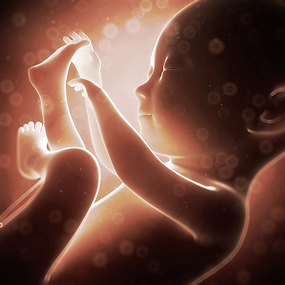
Telephone: 972-331-1900
Toll Free: 1-800-344-4068
FIBROUS DYSPLASIA
Treatment Center
Fibrous dysplasia (FD) is a bone disease characterized by areas of abnormal bone growth or multiple bones. FD can occur in any bone, however, the skull and facial bones are the most affected and can also appear in legs, arms, and ribs. The majority (about 75%) of people with FD have only one bone site involved, a condition called monostotic FD.
Polyostotic FD is when these growths are present in more than one bone and about 10% of those with polyostotic FD have associated hormonal problems, including precocious puberty. These patients could also have areas of increased skin pigment called, cafe-au-lait spots with irregular borders and, may be primarily on one side of the body. The combination of these three findings: polyostotic fibrous dysplasia, endocrine disorders, and café-au-lait spots is called McCune Albright Syndrome (MAS).
Treatment
At the Orbital and Craniofacial Fibrous Dysplasia Treatment Center our goal is to provide the optimum surgical care for the diseases areas using a multidisciplinary team approach. Removal of the FD may involve the neurosurgeon, ophthalmologist, skull base surgeon and the craniofacial plastic surgeon. Each case is planned as a team, ensuring the most up to date technologies are being used. 3-D computer planning also provides access to the complex reconstructive planning, with the potential to create custom implants when necessary.
Treatments can generally be categorized into six stages
FD is not hereditary. It is caused by a mutation that occurs during development of the fetus. It cannot be passed to siblings and it was not passed down from parents.
Approximately 46% of these lesions appear in the Craniofacial region (Head: skull/mandible/facial bones). The Symptoms of fibrous dysplasia in the skull or facial bones include head or facial abnormalities, along with pain and swelling.
There is not a definitive medical cure for FD at the present time. The only definitive treatment is surgical resection following reconstruction.

1
What is
Fibrous
Dysplasia?
Fibrous Dysplasia is caused by a mutation that occurs sometime during development of the fetus
Referral, followed by team assessment and physical examination

Radiological evaluation. This will involve a CT scan, MRI, plain radiographs and 3-dimensional reconstructions
2
Surgery. The surgery is carried on at a state of the art hospital in Dallas, TX with all the equipment and resources to safely remove the lesion, carry on the reconstruction and recover successfully.
FOURTH STAGE
4
Surgical planning session. This involves the entire team creating a custom surgical and reconstruction approach to provide the most complete removal of disease, followed by reconstruction.
3
Follow-up. A post operative follow-up, followed by yearly evaluations.
SIXTH STAGE
6
FITH STAGE
Recovery. A short hospitalization (2-4 days) may be required. On extensive procedures, one night in the intensive care unit may be necessary post-operatively.
5
